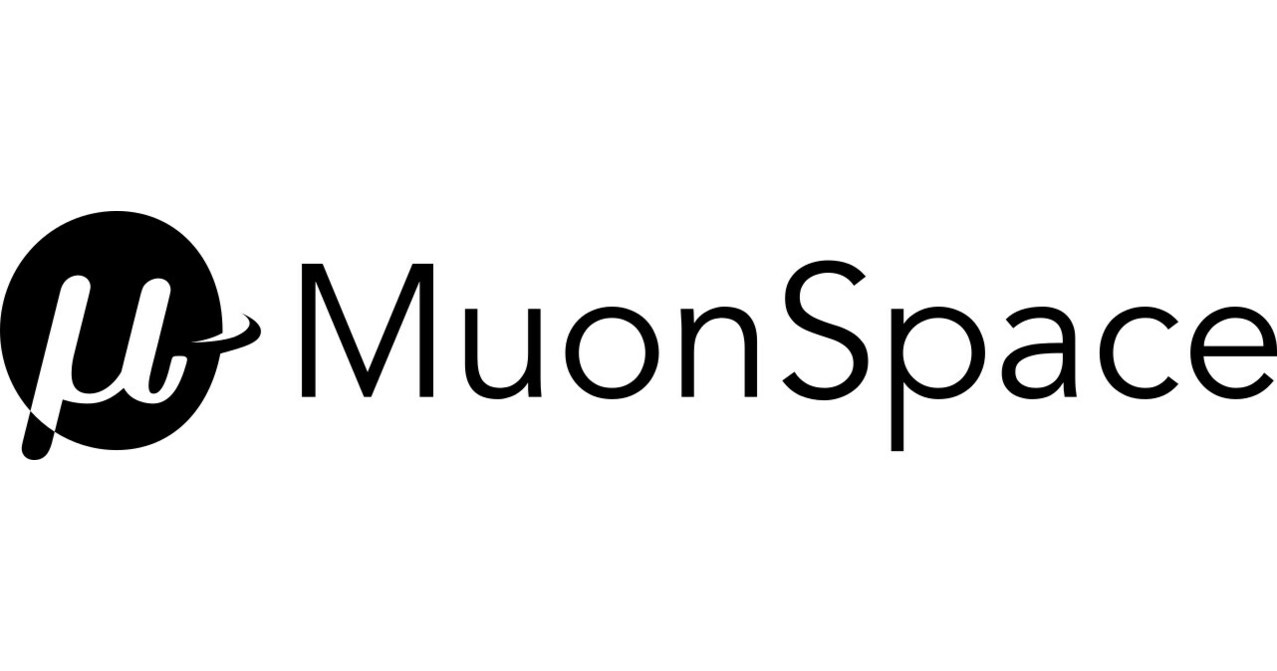Introduction
The commercial space industry stands at an inflection point where traditional satellite manufacturing approaches are giving way to software-defined, mission-optimized platforms that can adapt rapidly to diverse customer requirements. At the forefront of this transformation sits Muon Space, a Silicon Valley-based space systems company that ha…




